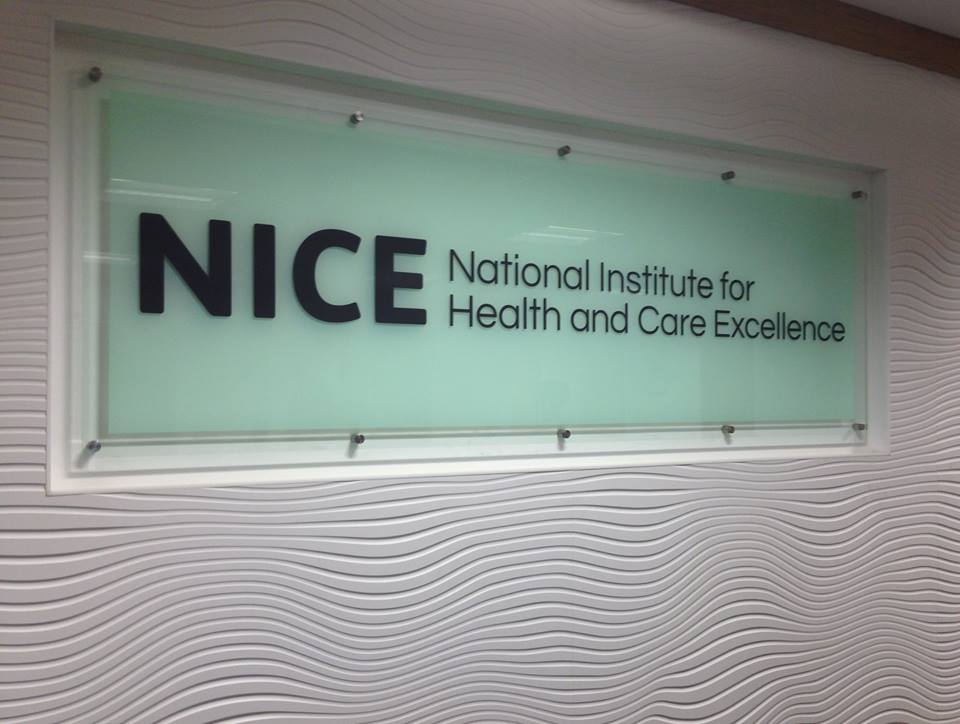It’s good to talk, NICE says to pharma industry group

NICE has entered into a new dialogue with industry to highlight the benefits of its early scientific advice service. Richard Staines spoke with Jeanette Kusel, NICE’s director of scientific advice, to discover more about its new arrangement with pharma group EMIG.
Jeanette Kusel is keen to point out that its new initiative with pharma group should be best described as a “conversation” rather than a “partnership”.
For 20 years, NICE has been sometimes controversially ruling on whether drugs are cost-effective in an effort to ensure the NHS gets value for money from the approved medicines it uses.
So while NICE is keen to ensure that it remains at arm’s length from industry, and the deliberations of its independent committees uninfluenced, there is a recognition that a dialogue between industry and the cost-effectiveness body is necessary to ensure drugs get to market for the benefit of patients.
Hence the new arrangement with the Ethical Medicines Industry Group (EMIG), to give members a better understanding of NICE’s work, its processes, and the paid-for scientific advice service that is aimed at preventing delays or bad outcomes in the review process.
In an interview with pharmaphorum, Kusel said EMIG’s tie-up with the Institute occurred through a mutual acquaintance – Eric Low, former chief executive of Myeloma UK, who is a mover and shaker in life sciences and long-time proponent of the cost-effectiveness body.
Low introduced representatives of NICE to EMIG’s chairman Leslie Galloway, and things have progressed from there to a slightly more formal arrangement.
The overall goal is to improve communications between NICE and the pharma industry, and help improve understanding of the services the Institute has to offer, such as its paid-for scientific advice.
This is a fee-based consultancy service that helps pharma companies develop evidence that demonstrates the value of health technologies such as drugs.
The idea is to encourage clinical trial designs that reflect clinical practice and are fit for decision making, as well as to integrate the generation of cost-effectiveness data into the clinical trial process. The aim is to improve the chances of success in NICE’s deliberations once the drug is approved by regulators and ready for market.
“We were happy that there would be a mutual benefit to this collaboration, allowing us to reach out to more industry people so that we can disseminate the work that NICE Scientific Advice and the Office for Market Access can do,” Kusel explained.
Kusel said NICE hopes to give EMIG members notice of any changes to its processes, along with any new developments at the separate Office for Market Access, which provides paid-for advice on market access strategy.
“EMIG members can learn more about how NICE operates, and how to engage with NICE, as there is sometimes confusion about when they should start their discussions with NICE.”
“We also hope to get feedback from EMIG members, to get that two-way conversation on how they would like to see industry engagement as NICE evolves.”
In particular Kusel wants to know how NICE can change so that industry is keen to come to it for advice when needed. “It will be beneficial ultimately for patients and the NHS if we get better products going through,” she added.
The new dialogue could also provide more general feedback from industry for NICE to aid with policy making, Kusel said.
Arms’ length
Kusel stressed that the arrangement will not in any way affect NICE’s cost-effectiveness deliberations, which are already subject to public scrutiny as the body publishes details of its thinking at every stage of the review process.
Kusel said that there is no “deal” between NICE and EMIG, as there is no financial pact between the two organisations, describing this as a “mutually beneficial arrangement” between the two organisations.
NICE Scientific Advice is leading the initiative and already has stronger links with industry through its work. “The benefits of having this separate team leading this engagement with industry means that the conflicts of interest are managed,” she said.
The scientific advice provided is confidential and non-binding and does not influence the independent committee or the technical engagement team during appraisals.
“Any confidential information shared by industry either through this EMIG collaboration or through the fee-for-service projects we do is kept confidential and does not affect the decision that NICE makes once a drug comes to be appraised.
“I hope that this will help industry and get cost-effective drugs to patients. It in no way means that industry will influence NICE in a way that we don’t want them to.”
Correlation
One thing that NICE has not yet been able to do is scientifically demonstrate that scientific advice actually works – common sense would suggest that finding out what the pricing watchdog requires and gathering the data during a trial would be of benefit as reviews progress.
Trying to scientifically determine whether this advice does make a difference is a difficult task. It’s hard to measure whether scientific advice leads to faster decisions from the Institute, or increases the chances of positive recommendations for drugs, Kusel said.
She added that the kind of companies that come for advice may cause bias – those companies seeking advice may have particularly innovative products, may be facing some tough challenges in the clinical trial process, or may have development programmes that are dissimilar from mainstream trials.
“It’s actually a very difficult scientific question to answer,” said Kusel, who said there is work to be done at NICE outside of the collaboration with EMIG to make pharma aware of the benefits of the advice service.
She added: “We are looking into some research projects to see how scientific advice changes the clinical trials the companies are designing.”












